
The French Ouvrage de Bréhain is a large fortification (known as a gros ouvrage) of the Maginot Line, France’s extensive defensive system built before World War II to protect against German invasion. It is located near Bréhain-la-Ville in the Meurthe-et-Moselle department of northeastern France, close to the Luxembourg border.
Overview
Name: Ouvrage de Bréhain
Type: Gros ouvrage (large fort)
Line: Maginot Line
Location: Near Bréhain-la-Ville, Meurthe-et-Moselle, Lorraine, France
Sector: Fortified Sector of the Crusnes (Secteur fortifié de la Crusnes)
Built by: CORF (Commission d’Organisation des Régions Fortifiées)
Construction period: 1931–1935
Builder: French Army Engineers

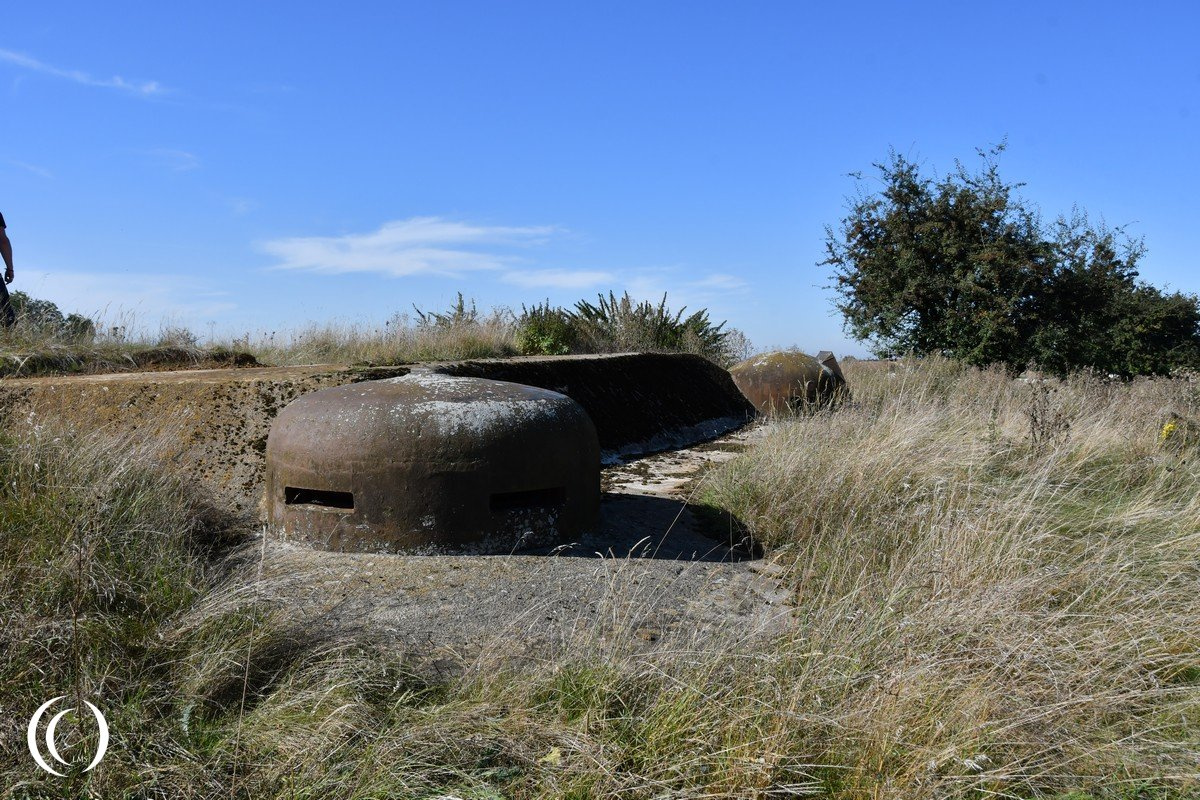
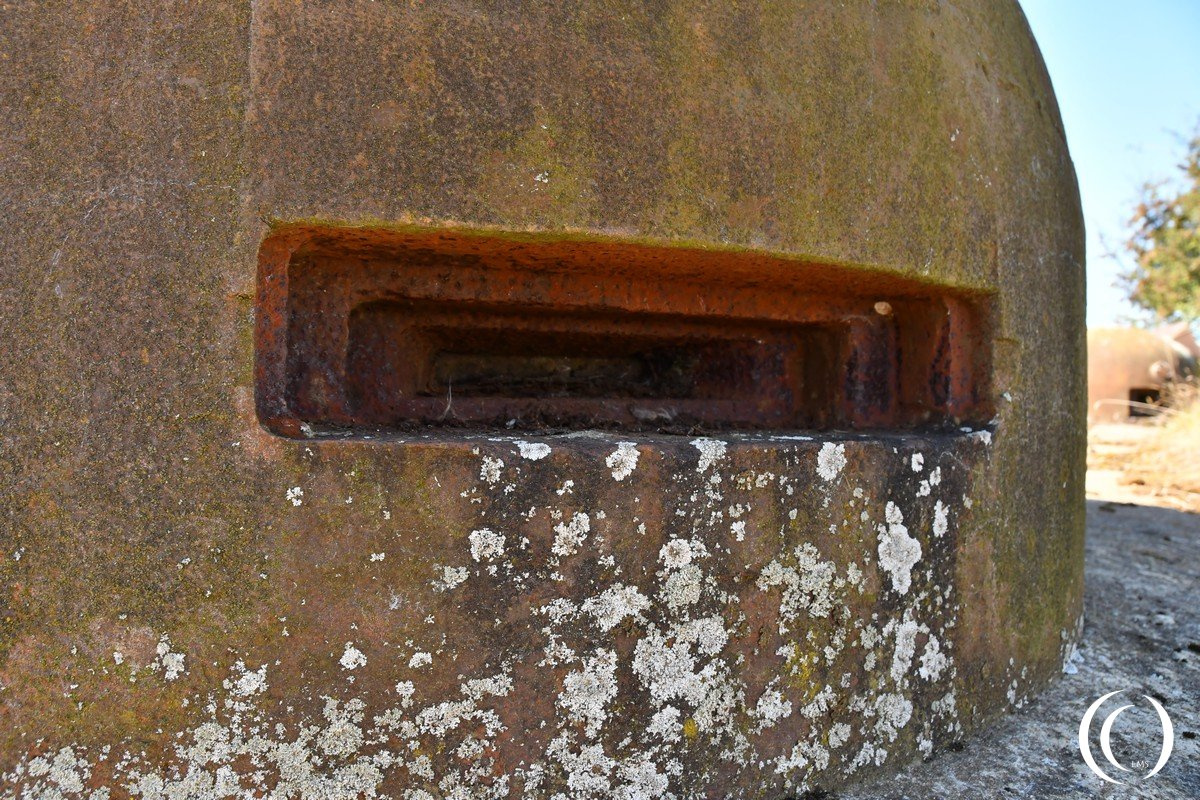
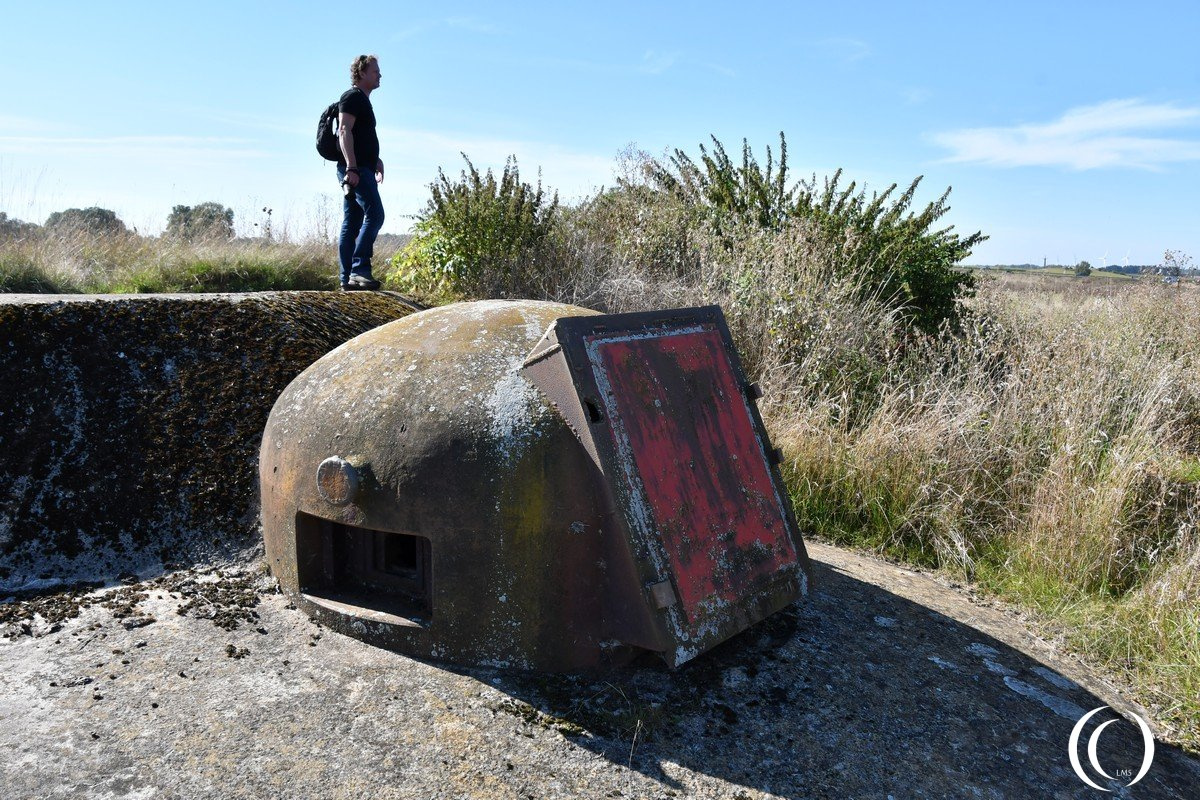
Structure and Armament
Ouvrage de Bréhain is one of the most powerful and complex Maginot Line fortresses. It consists of six combat blocks and two entry blocks, all connected by underground tunnels up to 30 meters deep and stretching more than 2 kilometers in total length.
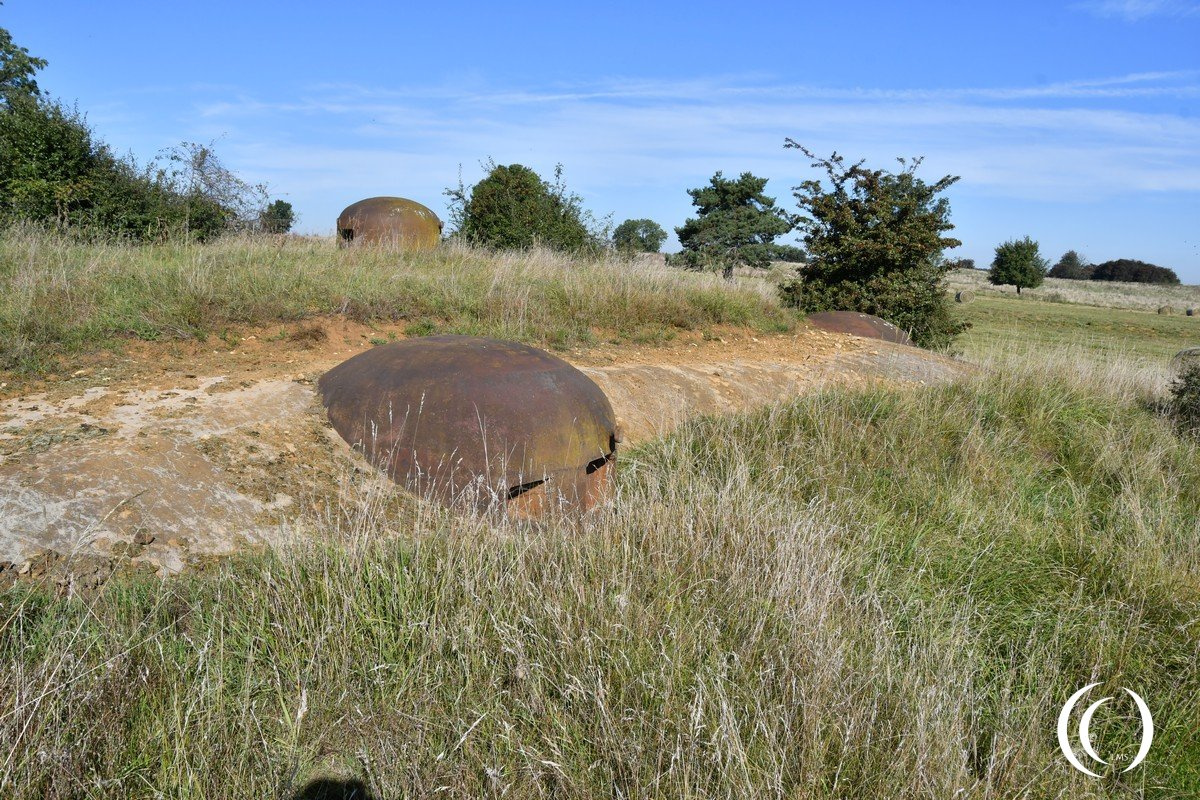
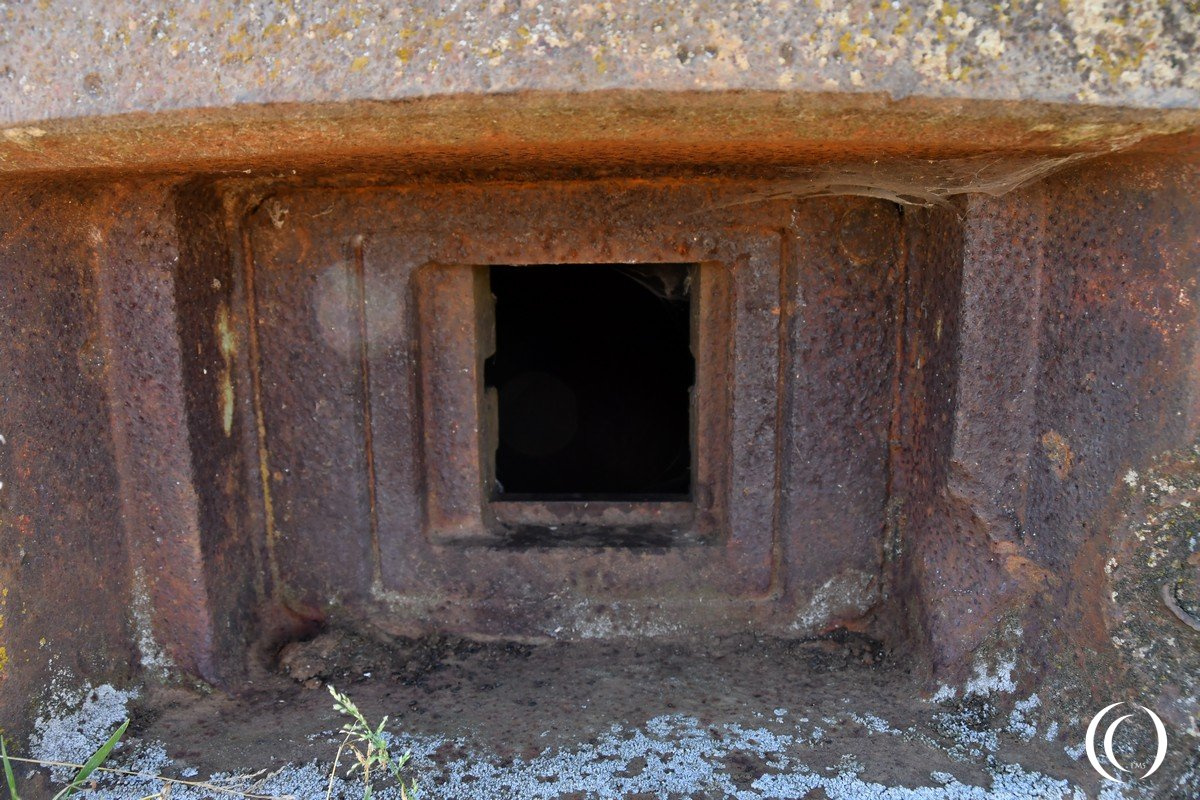


Key features include:
2 Artillery Blocks – each with retractable turrets armed with 75 mm guns for long-range fire.
2 Infantry Blocks – equipped with machine guns, anti-tank weapons, and observation cloches.
1 Observation Block – used for directing fire and surveillance.
1 Mixed Block – combining observation and defense functions.
2 Entry Blocks – one for munitions and one for personnel.
The underground galleries housed ammunition magazines, barracks, generators, and a narrow-gauge railway used to transport supplies and shells. It could accommodate about 600 men during wartime.
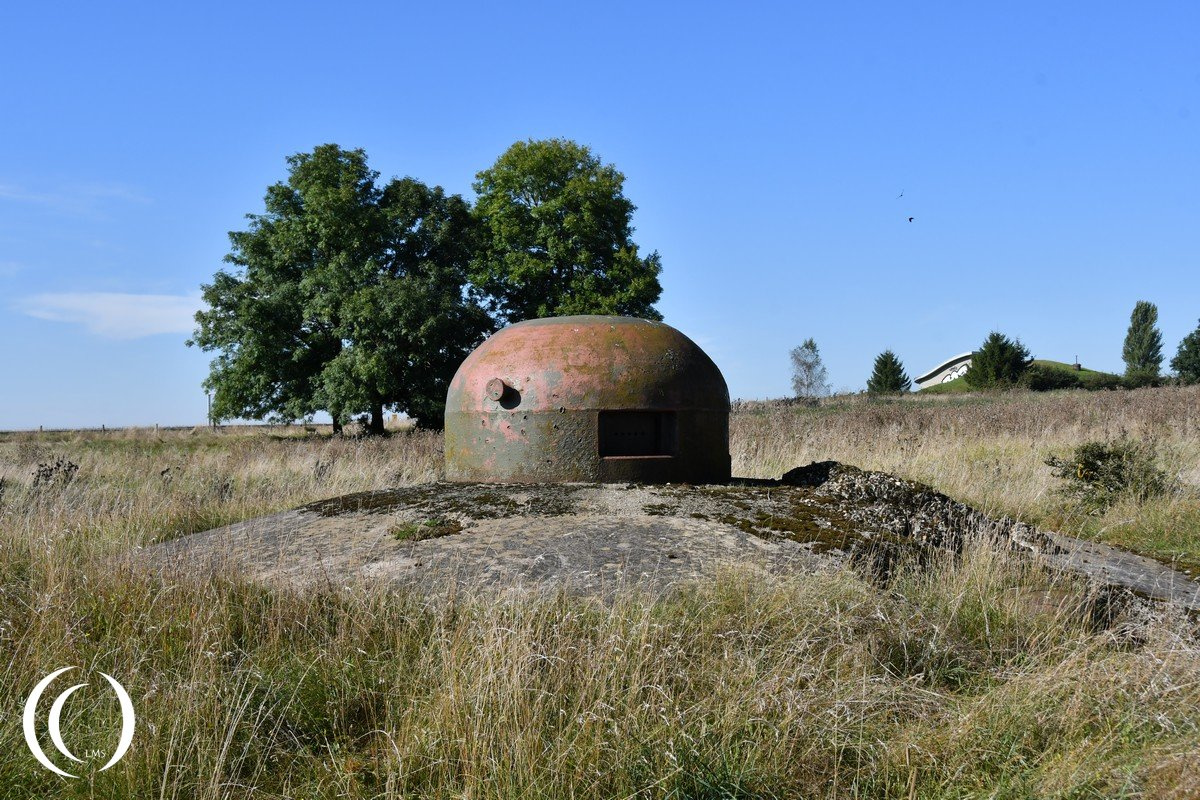
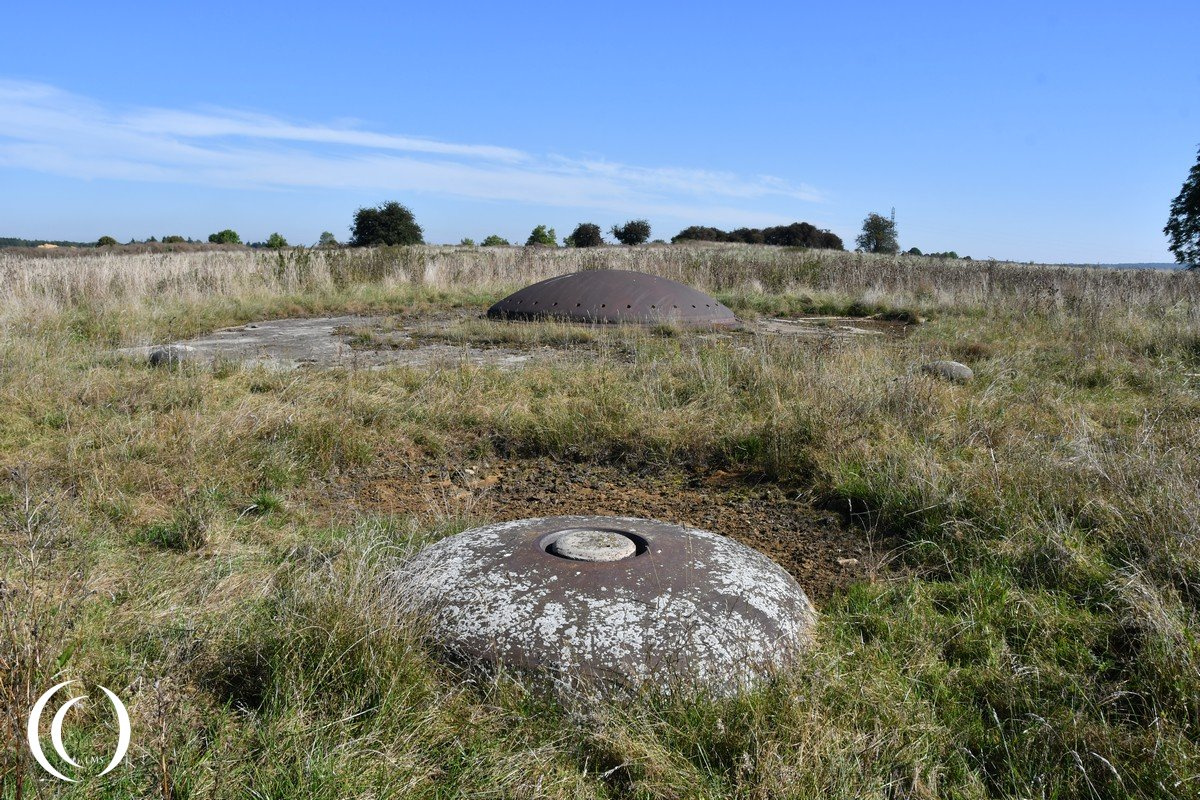

World War II History
During the Battle of France (May–June 1940), Ouvrage de Bréhain engaged German forces advancing through Luxembourg. Its artillery supported nearby ouvrages such as Aumetz, Fermont, and Latiremont, firing thousands of shells. Despite heavy combat nearby, Bréhain itself was never captured by assault.
After France’s armistice in June 1940, the garrison surrendered on orders from the French high command, not by direct enemy attack. The Germans later removed some of the weapons for use elsewhere, and the fort remained abandoned for much of the war.

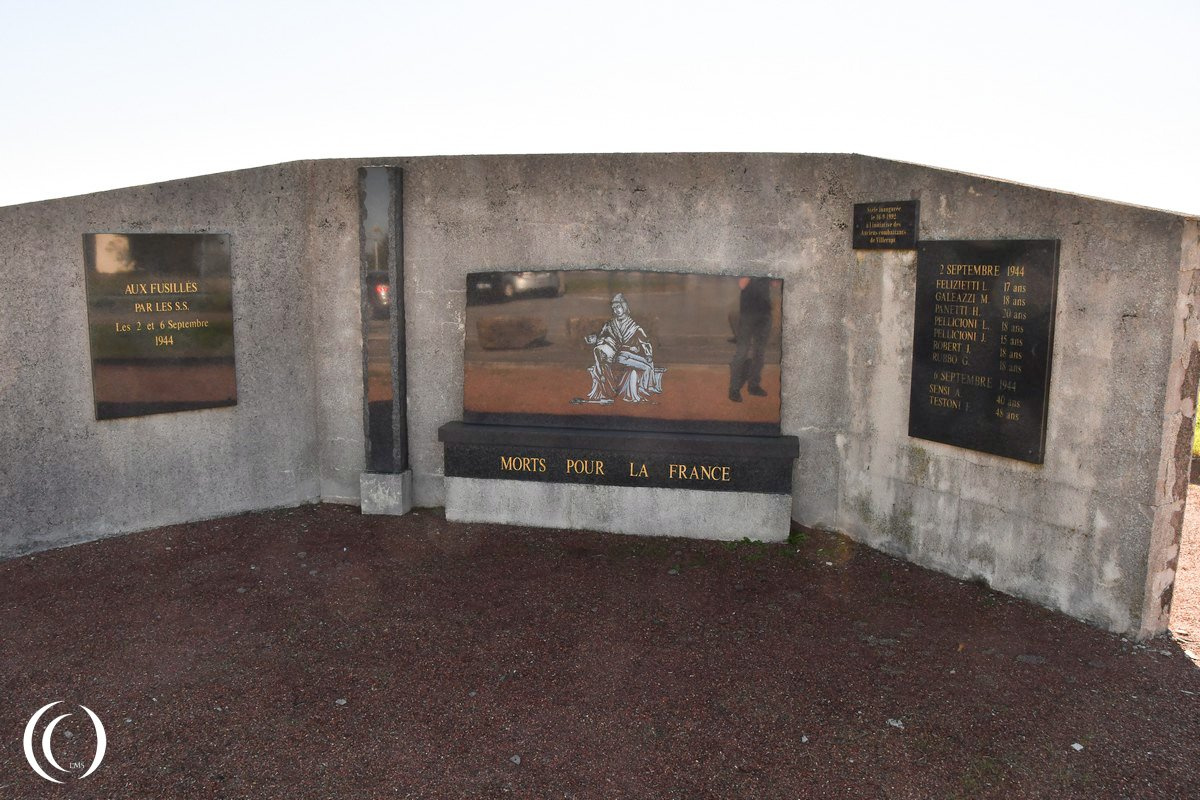

Postwar and Present Day
After 1945, Ouvrage de Bréhain was partially restored as part of France’s Cold War defensive line but later decommissioned. Today, it is privately owned and not generally open to the public, though its exterior and some structures are visible. Nearby ouvrages such as Fermont and Latiremont have been turned into museums that illustrate similar layouts and functions.
Although the line failed strategically in 1940, Bréhain and similar forts demonstrated the durability and effectiveness of fixed fortifications when properly manned and supplied.
Visit
The site remains the property of the French army and is therefore off limits. There is a dirt road next to the highway where you can spot the metal coupola’s. Casemate C2, opposite the field with the gun positions, is located along the RN 52 road. It has been restored and may at times be open to the public.
Contact information on casemate C2;Open: During Heritage Days or by appointment year-round on Saturdays and Sundays.
Michel Nilles
14, route de Bréhain
54190 Bréhain-la-Ville
Tel: 06 08 35 14 79 (Michel Nilles) (use the french country code from you position)
E-mail: casematec2@wanadoo.fr